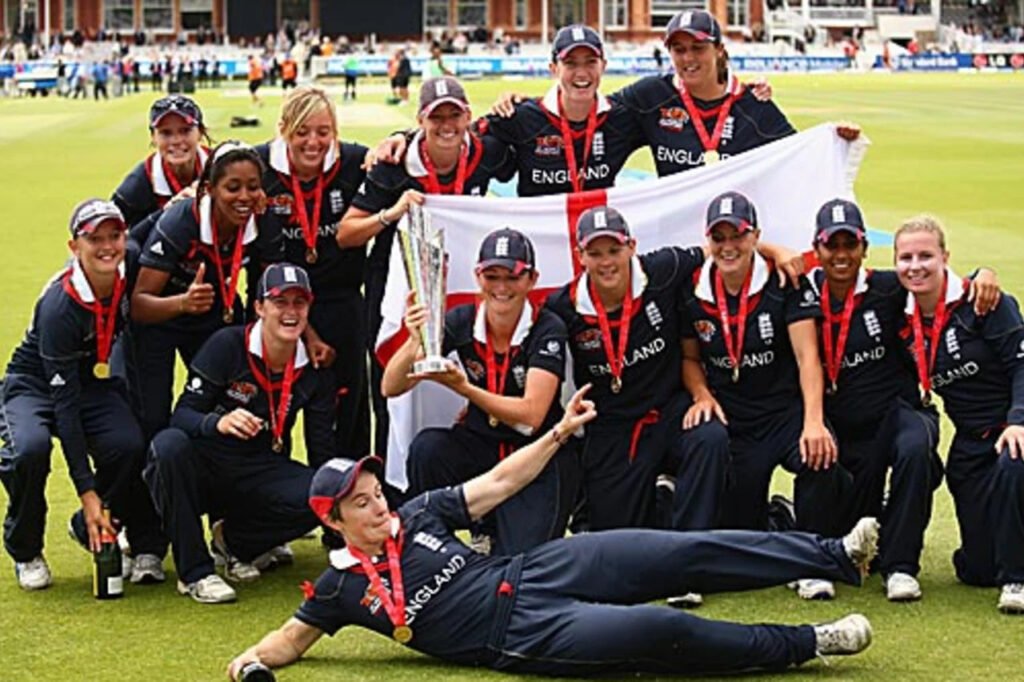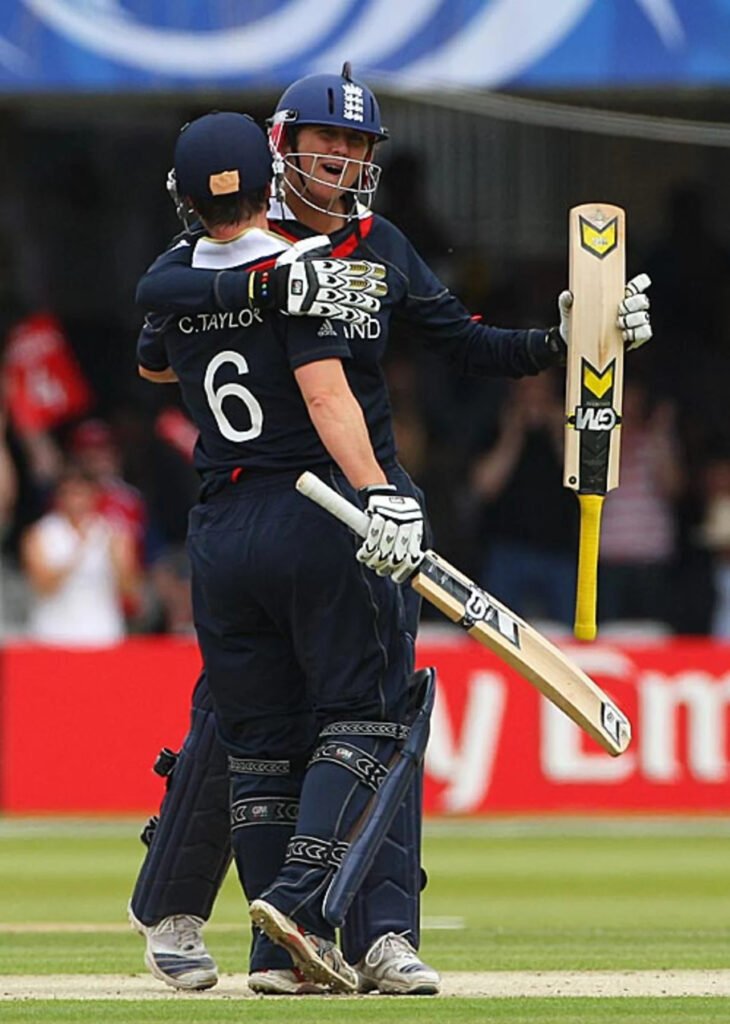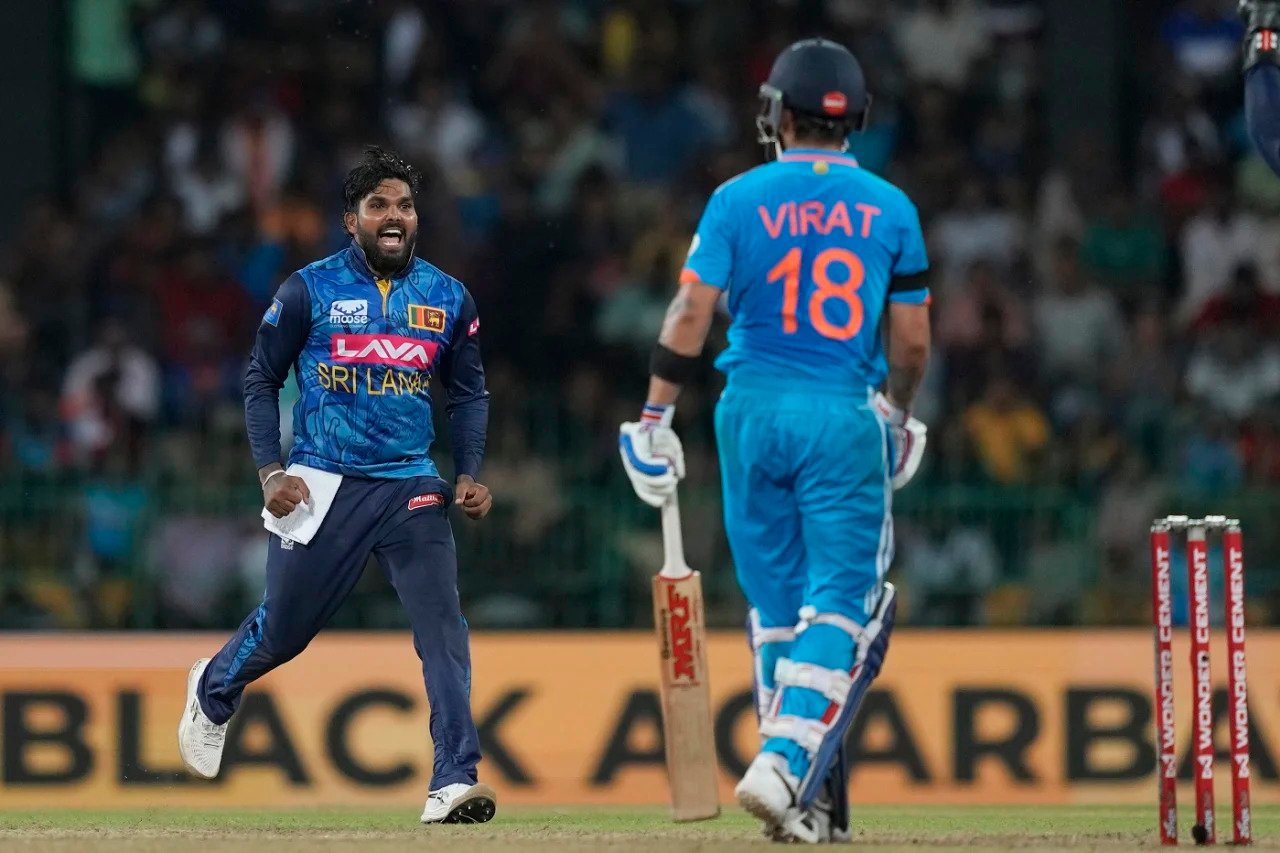England emerged victorious against New Zealand to claim the Women’s Twenty20 championship at Lord’s, showcasing their dominance on the cricket field.
Katherine Brunt’s outstanding performance, with figures of 3-6, led England to a comfortable six-wicket win over New Zealand in a memorable final match on June 21, 2009.

England 86 for 4 (Claire Taylor 39*) beat New Zealand 85 (Brunt 3-6) by six wickets.
The first women’s World Twenty20 final was a bit of an anti-climax after all the build-up, but ultimately the superior team won to become the Twenty20 champions at Lord’s. England required 17 overs to chase the mark of 86 set by Katherine Brunt’s career-best 3 for 6, but they won’t be worried too much.
The opening ten overs were particularly crucial to the outcome of the match, as New Zealand collapsed to 30 for 4 after failing to stop Brunt’s inswing and taking some absurd shots of their own. With a black eye that matched her ferocious bowling style, Brunt looked scrappy and made the most out of an early-life pitch. In order to maximize the effect of the inswingers, she bowled full, but she also slipped in a few shorter deliveries that elevated awkwardly.
Poor shot choice cost Brunt two wickets: Rachel Priest attempted to hook a shorter delivery but gave Brunt a return catch, and Doolan oddly went for a tentative scoop and popped a catch to the wicketkeeper.
However, she deserves full credit for her first dismissal, which was of Aimee Watkins, the highest run scorer in New Zealand. Watkins had been defeated by offspinner Laura Marsh two balls earlier. Watkins missed the line and went for a drive when Brunt entered the field for her second over. She pitched the first ball on center and off, and it straightened to take the off stump.
After the in-form batsmen for New Zealand was removed, Brunt used yorker-length deliveries to put pressure on Amy Satterthwaite, the replacement batsman. In her subsequent over, which Satterthwaite was made to play as a maiden, she maintained the pressure.
After Shaw bowled Nicola Browne with a delivery that angled in to the right-hander, the two engaged in a dance-off, with Nicky Shaw continuing where Brunt left off, both in terms of bowling and wicket-celebration.
When left-arm spinner Holly Colvin entered the bowl as the eleventh bowler, New Zealand had a little window of opportunity to breathe. After giving away three wides in her opening over, she was unfortunate to drop two of her hard-earned catches. Having faced 59 dot balls, New Zealand’s batters were at the end of the 16th over. They only scored 32 runs and lost the last four wickets in the final five overs.
Although England’s batsmen took a while to chase down the meager total, it wasn’t because they were put to the test by New Zealand’s bowlers. You often appear better or worse than you actually are depending on the caliber of your opponent. New Zealand’s fielders were accurate and sharp, while their seamers were nearly unplayable against India. But they appeared without motivation today against a very superior batting side.
Although Sian Ruck and Kate Pulford bowled well, it wasn’t the kind of bowling you needed to protect 85. After Charlotte Edwards moved to the leg and created space for a cut, Ruck countered with an inswinger that bowled Edwards, who attempted to create space once more. Edwards hit Ruck for a four.
Pulford got outswing to right handers and bowled just outside off stump, beating Claire Taylor’s bat thrice in an over. But England did well without using slips; Sarah Taylor got a ball off Pulford and it went for four when she beat a diving Priest behind the wicket.
Also Read: ICC Women’s Cricket World Cup Winners List (1973-2023) Full Winners And Runners List
The winning runs were hit by Claire Taylor, who was fittingly named Player of the Tournament. She came just one run shy of taking the top spot in runs scored. England has defeated New Zealand in a World Cup final for the second time in three months, and any subsequent matches between the two teams will be even more exciting to watch.
If England wins, as Scyld Berry stated in today’s Sunday Telegraph, they will make history as the first national team of any gender to win titles in all three competitions. England has accomplished that, but more significantly, this tournament has shown that Twenty20 is a format that works well for women and can be utilized to increase the game’s popularity.

England Dominates New Zealand in World Twenty20 Final: Expert Analysis by Gary Stead
In a decisive World Twenty20 final clash at Lord’s, England displayed dominance, leaving New Zealand coach Gary Stead to remark on the evident mismatch. This one-sided affair marked England’s triumph with a six-wicket victory, solidifying their control over New Zealand in recent World Cup finals.
Stead’s analysis of the match highlighted the disparity between the teams, likening the contest to “amateurs playing the professionals.” This sentiment reflects England’s consistent standards, having previously clinched two World Cups in the past three months.
The match unfolded with England’s strategic decision to field, resulting in a commendable performance as they restricted New Zealand to a meager 85 runs. Katherine Brunt’s stellar bowling figures of 3 for 6 contributed significantly to this feat. England’s batting prowess shone through during the chase, with Claire Taylor’s unbeaten 39 guiding them to victory.
England captain Charlotte Edwards echoed the sentiments of superiority, acknowledging the unexpectedly straightforward win. Edwards attributed the victory to their exceptional bowling attack, labeling it as the standout performance of the tournament. She emphasized the significance of this win in elevating the game’s profile globally, paralleling it with their coveted 50-over World Cup triumph.
The comprehensive victory not only secured the World Twenty20 trophy for England but also validated their earlier 50-over World Cup success, proving it was no fluke. This triumph underscores England’s prowess in the cricketing arena and sets a high standard for future competitions.





